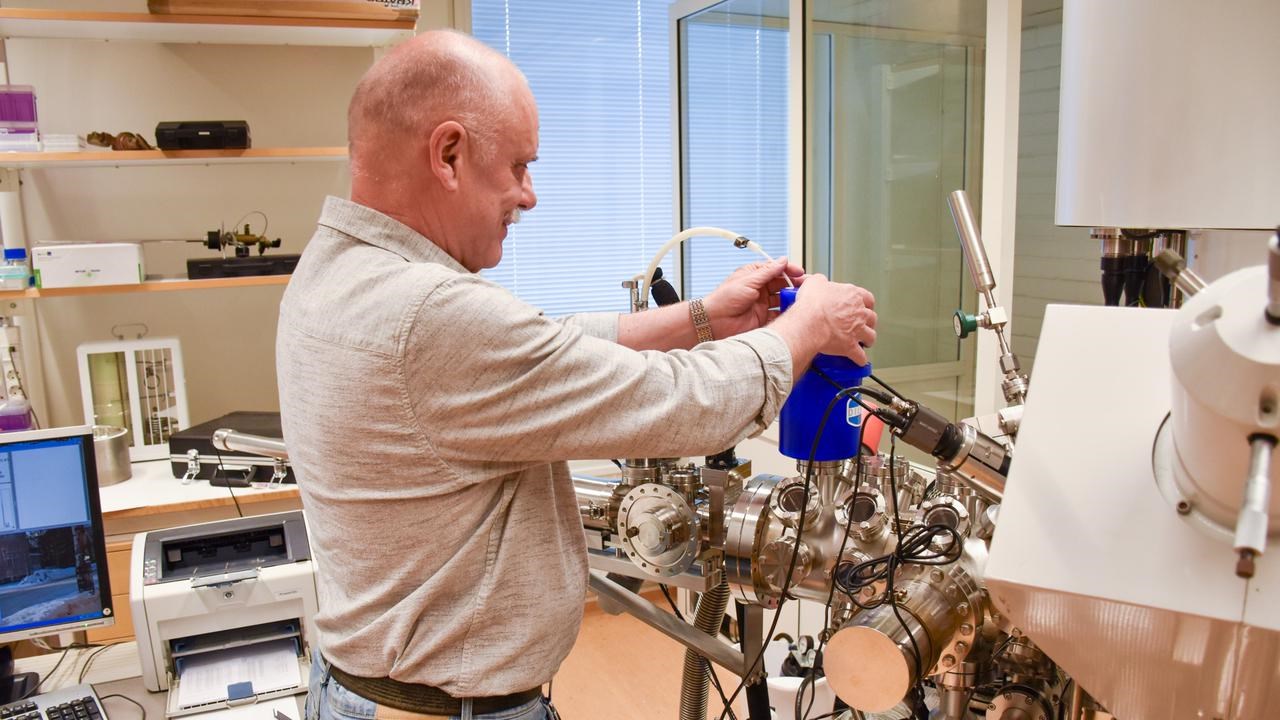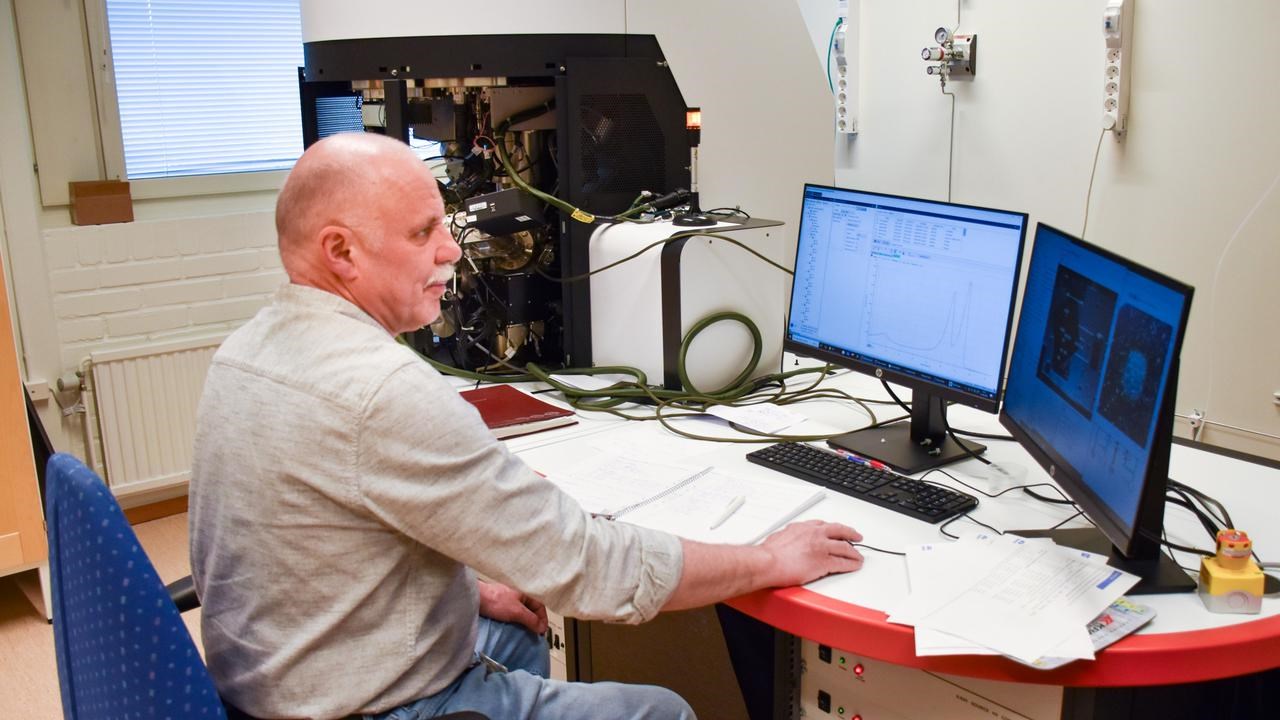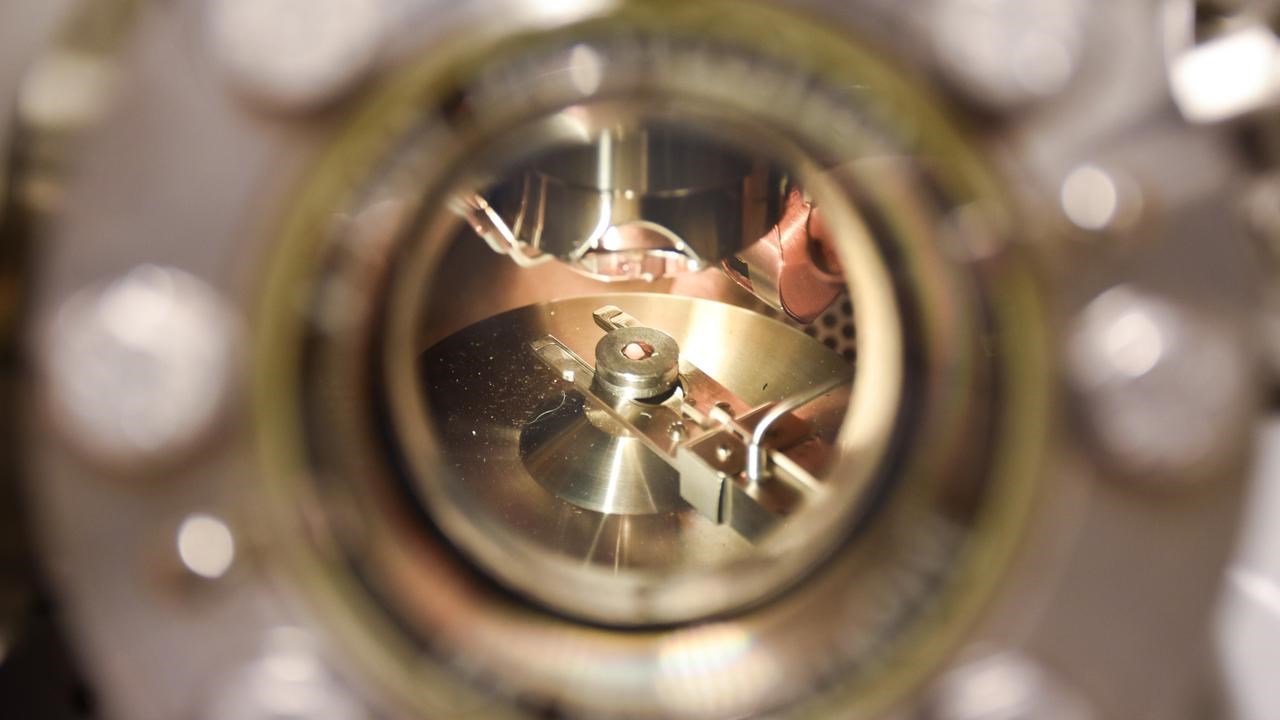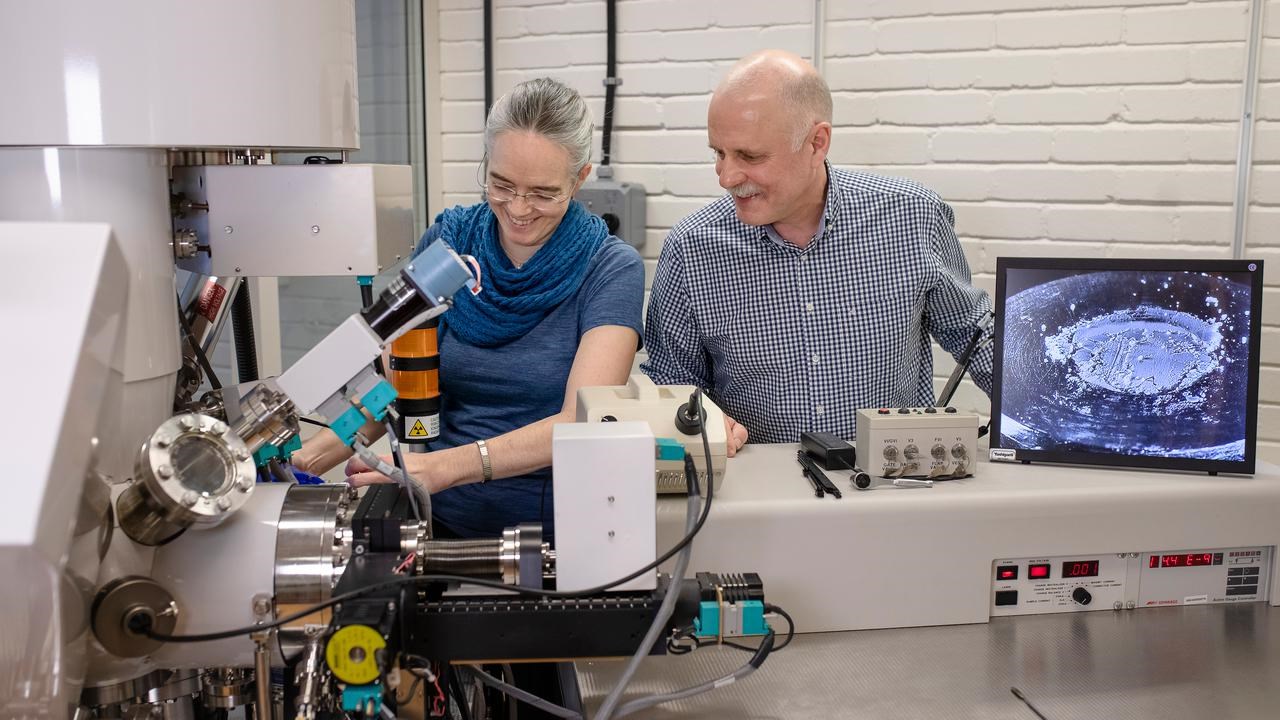Articles mentioned in the portrait
What more can be done with XPS?
What more can be done with XPS? Highly informative but underused approaches to XPS data collection and analysis – Journal of Vacuum Science and Technology A (2025)
Molecules linked to life may have formed through natural processes on mineral surfaces
X-ray Photoelectron Spectroscopy of Fast-Frozen Hematite Colloids in Aqueous Solutions. 3. Stabilization of Ammonium Species by Surface (Hydr)oxo Groups – The Journal of Physical Chemistry C (2011)
Pressrelease from Umeå University about the Umeå method
Method for analysing microorganisms’ surfaces gains international attention (2022)










